Chamlija: Wines of the Black Sea
Reading Time: [est_time] When we made our seven-week trip through Turkey in the summer of 2015, we were green in the wine industry. What made the situation more challenging was the lack of online information about
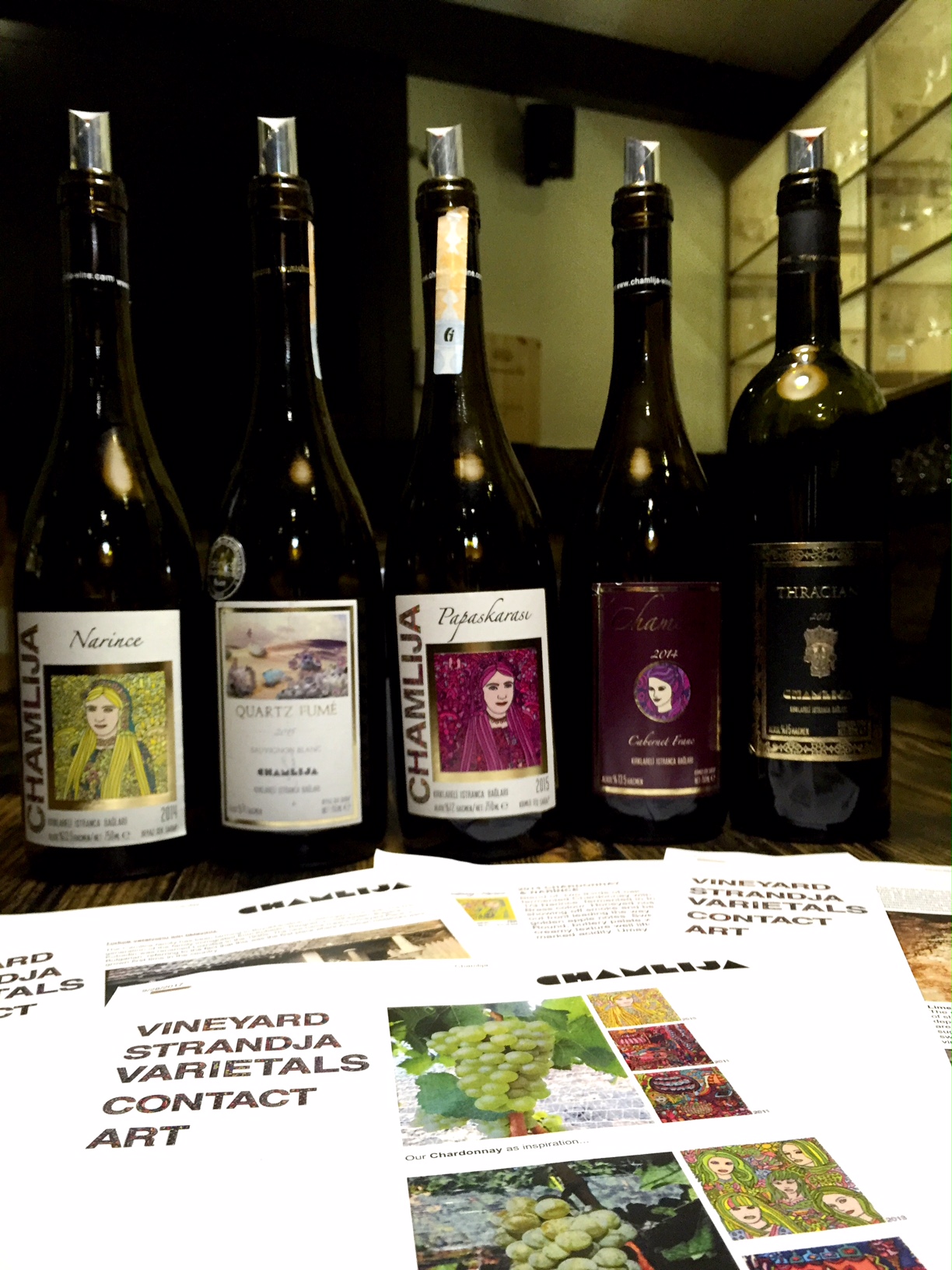
Reading Time: 4 minutes
When we made our seven-week trip through Turkey in the summer of 2015, we were green in the wine industry. What made the situation more challenging was the lack of online information about Turkish wine. The Turkish laws forbad advertising for alcoholic beverages, which included advertising on online domains. None of the Turkish wineries’ websites worked once we were in Turkey. One time we attempted to load a website of a winery, an odd and what seemed like a customised 404 error page appeared: there was a glass and some text in Turkish; the page was a dead end and the site was not navigable beyond that point. When we asked our guesthouse owner to translate the writing, he looked puzzled and said, “Our website is empty but the glasses will keep flowing.” We took a screenshot of the error page; you can see it below.
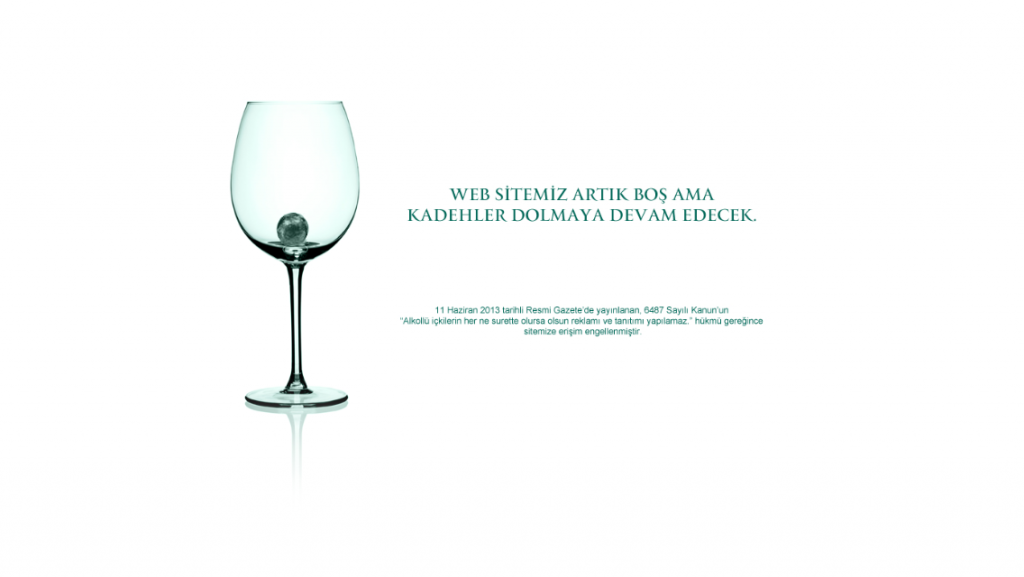
Back then, our focus was on the birthplace of wine and indigenous grapes, and because of that, we decided to skip the ‘internationalised’ and ‘touristic’ wine region of Thrace entirely and travel further south. That was a mistake. There are a handful of not only indigenous but also ancient wine grapes cultivated in the region, along with many high-quality wineries that are making vinous magic. One of the eminent producers there is Chamlija (pronounce: chahm-lee-zjah).
Book Trailer: Uncorking the Caucasus – Wines from Turkey, Armenia, and Georgia
Chamlija Winery (Thrace, Turkey)
Mustafa Camlica is the founder of Chamlija Winery and his daughter, Irem Camlica, is the designer of the psychedelic wine labels. The vineyards of Chamlija are on the Strandja Massif, with the Thrace basin to the south, Istanbul to the east, and the Black Sea to the north. This area of Thrace is near Bulgaria and experiences a continental climate but with temperature-moderating influences from the Black Sea, which is about 30 kilometers away. The soils consist of decomposed granite and limestone. Currently, the annual production at Chamlija is around 100,000 bottles, and the grapes are sourced from 85 hectares of certified sustainable estate vineyards. Many of the vines are young, so the vineyards are not producing at full capacity yet.
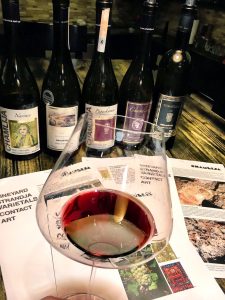
Chamlija’s Wines
A few months ago, we were invited by Hurol Emre Candan of Amarone D.O.O to taste Chamlija’s wines. Amarone DOO is a Turkish wine importer in Belgrade, Serbia, and Hurol is enthusiastically partial to Chamlija. He knew we had not tried Chamlija’s wines and offered to organize a private tasting for us at Vinoteka Beograd, which happened to be our favorite wine shop in Belgrade.
We tasted five wines that evening. All the wines performed above our expectations. What stood out to us the most was the healthy fruit. All the wines showed phenomenal phenolic ripeness. The wines tasted concentrated—a level of concentration that reminded us of Santa Barbara’s wines. A kind of sweetness without heaviness or residual sugar. Power without sloppiness. Ripeness with good acidity. There was no sign of green tannins and no sense of heavy-handed extraction. All the wines had intense aromas and vibrant flavors on the palate that lived up to the impressions set on the nose.
Watch: Turkish Wine by Chamlija Winery
Chamlija Wine Tasting
(You can find out more about our scoring system on the START HERE page.)
- Chamlija Narince 2014
When in Turkey, Narince (pronounce nah-reen-jeh) wines were always a default ‘safe’ choice for us. One whiff of this wine evokes many fond memories of our trip. The Chamlija Narince is made from grapes grown on decomposed granite. Two things about this wine’s flavor profile stand out to us immediately: citrus and mineral. The wine has an incredibly smooth and round mouthfeel with notes of slate, lime, orange, pine, green herbs, and nectarine.
Use this wine to impress your wine geeks friends. 3.8/5
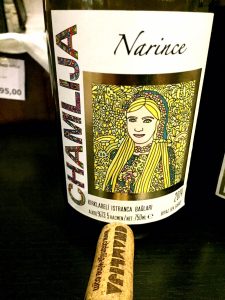
- Chamlija Quartz Fumé 2015
The Chamlija Quartz Fumé is 100% Sauvignon Blanc matured in French oak for 10 months.
This is called Quartz Fumé for good reason. It does smell like quartz, along with aromas of freshly baked vanilla cake, fresh green herbs, sweet citrus, apricot, peach, orange peel, and fish oil. The bouquet is distinct and reminds us of being in an orchard. Just beautiful aromas that you can imagine coming from a burning aromatherapy candle. The few days of cold maceration really shows in this wine; the good thing is that the palate follows up strongly with ripe fruit flavors supported by a firm acidic spine. The finish is zesty and spicy.
Offer this wine to that friend who says, “I don’t like Sauvignon Blanc.” 4.0/5
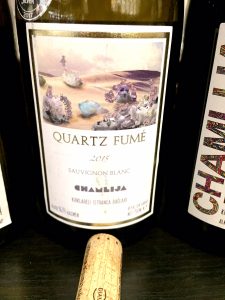
- Chamlija Papaskarasi 2015
Wine geek alert: Papaskarasi is an ancient variety that is indigenous to Thrace and has suspected DNA links to Prokupac, Kardarka, and Alba Imputotato.
The Chamlija Papaskarasi is a blend of 85% Papaskarasi and 15% of Cabernet Franc and Cabernet Sauvignon. 15% of the grapes underwent whole-bunch fermentation in open-top vessels. The result is a low-alcohol (12% ABV), light red wine that shows notes of sour cherry, rhubarb, brown spice, white pepper, Mediterranean herbs, and violet. On the palate, it’s surprising tart and the spiciness lingers.
* Note: We weren’t particularly fond of this wine initially. But after 30 minutes of aeration, it became a charmer.
Drink it with some hard cheese. 4.0/5
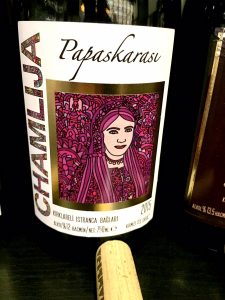
- Chamlija Cabernet Franc 2014
For our palates, finding good varietal Cabernet Franc wines outside Loire (France) or Villány (Hungary) can be a challenge. This wine gets extra brownie points for being aligned with our preferences.
The Chamlija Cabernet Franc delivers flavors of sweet cherry, green capsicum, pencil shaving, and rose, plus a touch of earthy, soil-like note. It has a beautifully round and smooth mouthfeel with a good amount of density and lightly grippy tannins that hit the end-palate. We’re particularly impressed with the structure and persistent finish.
Share this with your winemaker-friends. 4.2/5
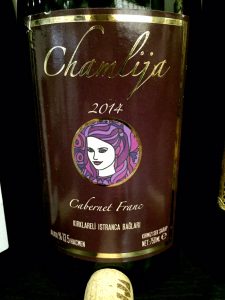
- Chamlija Thracian 2013
This is one of the top-tier wine in Chamlija’s portfolio. A blend of 47% Merlot, 46% Cabernet Sauvignon, and 7% Cabernet Franc, the Chamlija Thracian 2013 was aged for 20 months in French oak (80% new oak).
The bouquet expresses notes of ripe plum, blackcurrant, black cherry, black pepper, leather, and cigar box. The broad shoulders are supported by lushness on the palate. Quite an opulent wine with round tannins and a long finish. The Merlot really shows its strength in this wine. The oak still needs more time to settle down, but the fruit is standing up well to it even right now.
Have it as a nightcap. 4.0/5
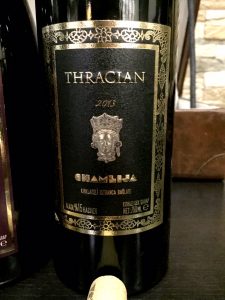
What’s Next
After the tasting, we caught up with Mustafa Camlica on Facebook Messenger. He shared that, together with Bosphorus University, he is working on a program that aims to select “the best natural yeast derived from Strandja terroir”. We were thrilled to receive the update and look forward to tasting more Chamlija wines.
************
Learn More About Turkish Wines
To learn more about the wines of Turkey, check out Uncorking the Caucasus.
To purchase Uncorking the Caucasus: Wines from Turkey, Armenia, and Georgia,
please go to our Amazon page.
“Everyone who loves wine deserves to know its history. This book offers amazing details of the cradle of modern wine and will inspire you to drink (and travel) outside the box.”
Madeline Puckette, Co-Founder and Content Director, Wine Folly
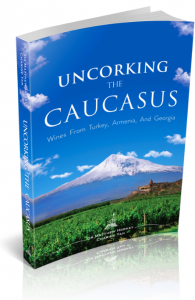
Please note that the opinions expressed in this article are unsolicited and have not been paid for in any way by governmental bodies, enterprises, or individuals. We do not sell editorial content as that would destroy the legitimacy of our reviews and the trust between Exotic Wine Travel and its readers. On occasion, we extend the option of purchasing the wines we review or/and the products we spotlight. Some of these product links are set up through affiliate programs, which means Exotic Wine Travel gets referral credits if you choose to purchase these items via the links we provide.

